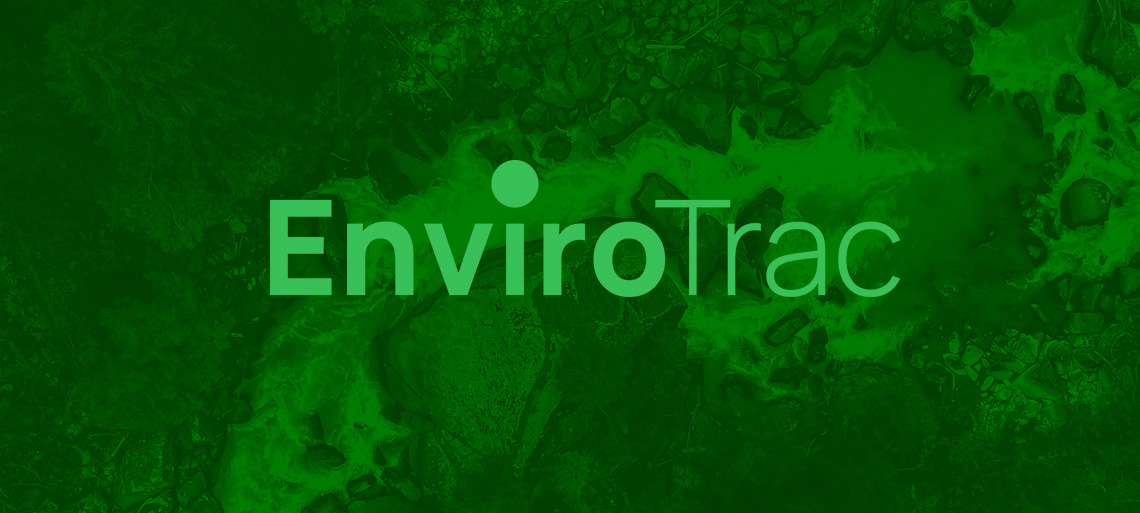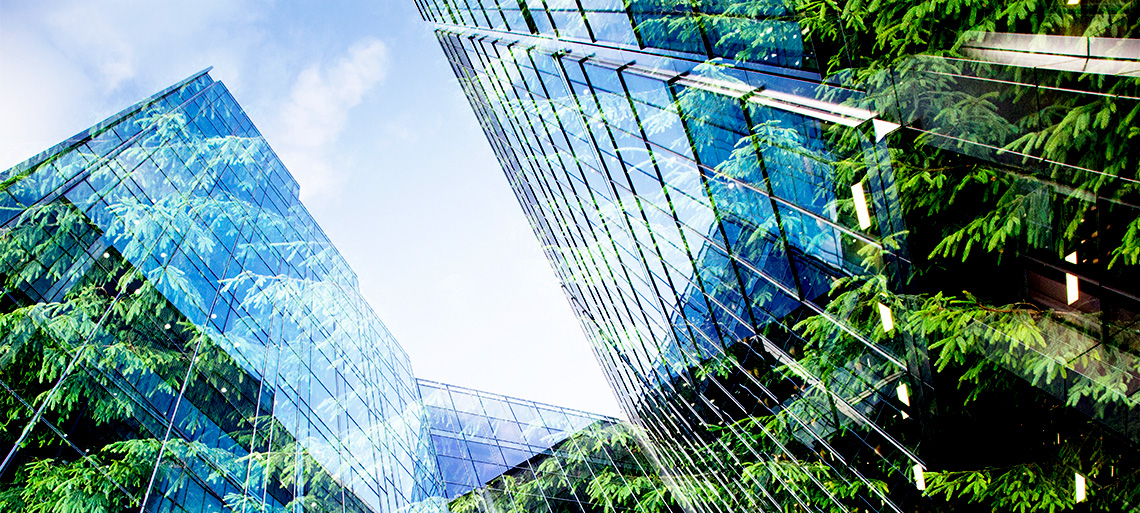Groundwater Remediation
- Services At a Glance
Pump and Treat:
- Action: Extract, treat, discharge.
- Benefit: Effective for solvents, petroleum, and heavy metals; controls contaminant plume migration.
Air Sparge/Soil Vapor Extraction:
- Action: Force air, strip contaminants, and treat recovered air.
- Benefit: Strips volatile contaminants; enhances natural biodegradation.
Chemical Injection:
- Action: Inject chemicals, break down contaminants.
- Benefit: Effective for petroleum hydrocarbons and chlorinated solvents; instant chemical reactions.
Bioremediation:
- Action: Use microorganisms to break down contaminants.
- Benefit: Environmentally friendly, cost-effective, and less intrusive.
Thermal Remediation:
- Action: Heat groundwater and mobilize contaminants.
- Benefit: Effective for various contaminants; achieves very low contaminant levels.
A Commitment to Clean Water and a Healthy Environment
Groundwater remediation is a critical aspect of environmental engineering, which is pivotal in preserving the health of our communities and ecosystems. As emerging contaminants in our environment are detected, new technologies in groundwater remediation have also been developed, providing many alternatives.
Understanding Groundwater Remediation
Groundwater remediation is a process that involves eliminating pollutants or contaminants from underground water sources, commonly referred to as aquifers. Groundwater contamination can occur from various sources, such as industrial waste, agricultural activities, urban runoff, and leaking underground storage tanks. The type and extent of the contamination depend on the contaminant’s nature, the surrounding geology, and hydrogeology. The most common contaminants found in groundwater include heavy metals, petroleum, chlorinates, organic compounds, nitrates, pesticides, and fertilizers.
The Importance of Groundwater Remediation
The importance of groundwater remediation cannot be overstated. Contaminated groundwater can pose serious health risks to humans and animals, potentially leading to acute and chronic diseases. Moreover, pollutants in groundwater can adversely affect local ecosystems, causing harm to wildlife and plant life. Additionally, clean groundwater is crucial for numerous industries, including agriculture, manufacturing, and tourism. Hence, contamination in groundwater can have a very negative economic impact.
Benefits of Groundwater Remediation
Groundwater remediation brings numerous benefits to our communities, ecosystems, and industries:
- Health Protection: It ensures the safety of drinking water, protecting communities from chemical contaminant exposure.
- Ecosystem Preservation: Removing pollutants protects local ecosystems, preserving biodiversity and promoting healthy ecological balance.
- Industry Sustainability: It ensures the sustainability of industries dependent on clean water, such as agriculture, manufacturing, and tourism.
- Regulatory Compliance: It helps industries and businesses comply with environmental regulations, avoiding fines and legal issues.
Groundwater Remediation Techniques
The remediation of contaminated groundwater involves several steps, and the process’s complexity depends on the type and extent of the contamination. The first step in groundwater remediation is to understand the nature of the contaminant, the source area, the extent of the impact, and the hydrogeological characteristics of the site. This is accomplished through site assessments that include physical and chemical groundwater testing. Once the site’s condition is assessed, a remediation plan is developed suited to the contaminant type, extent, and hydrogeologic setting.
There are basically two (2) types of groundwater remediation; in-situ and ex-situ. In-situ is treating groundwater in place, while ex-situ is the removal of groundwater, treating it, then either discharging to another location or returning it to its original location. Several remediation techniques used in-situ or ex-situ to treat contaminated groundwater include physical, chemical, and biological processes that may be combined to meet remediation goals. The choice of the technique, again, depends on the contaminant type, concentration, and the site’s hydrogeological conditions.
Several techniques are available for groundwater remediation, each with its unique advantages:
Pump and Treat:
This technique involves extracting contaminated groundwater via recovery wells, treating it with physical, chemical, or biological processes, and then discharging the treated water into a municipal wastewater system, a surface water body, a groundwater recharge basin, or re-injecting it down a well. This technique is commonly used for treating contaminants like solvents, petroleum products, and heavy metals. In addition to treatment, extracting groundwater may be used to control contaminant plume migration.
Air Sparge/Soil Vapor Extraction:
This involves forcing air at a large volume rate into groundwater (air sparging) using wells that are screened below the water table. The flow of air physically strips the volatile contaminants out of groundwater, where they can be recovered using a vacuum blower attached to wells screened above the water table. The recovered air may be treated above ground to prevent contaminants from being released into the atmosphere. In addition to stripping volatiles from groundwater, this process provides oxygen to enhance the natural biodegradation of some contaminants.
Chemical Injection:
This technique involves injecting chemical or biological substances into contaminated groundwater to break down the contaminants into less harmful substances. This technique is effective for treating contaminants like petroleum hydrocarbons and chlorinated solvents. Some chemicals, like permanganate, react instantly to break down the contaminants. Other compounds provide a medium for adsorption, chemical precipitation, and bioaugmentation.
Bioremediation:
This method includes using microorganisms to break down chemical contaminants. Microorganisms may be introduced into groundwater or stimulated with oxygen through biosparging or by introducing nutrients to stimulate biological activity. Although typically a slow process, this method is usually less costly and intrusive.
Thermal Remediation:
This in-situ technology uses steam or electrical resistance to heat up groundwater to mobilize volatile and semi-volatile contaminants so that they may be more easily recovered. This method works on a wide variety of contaminants under a wide variety of hydrogeologic conditions. Although costly, this technology can rapidly reduce contaminants to very low levels.
The Role of EnviroTrac Ltd in Groundwater Remediation
Groundwater remediation is a complex process requiring hydrogeology, environmental engineering, and chemistry expertise. It is essential to follow proper procedures and guidelines when conducting groundwater remediation to ensure the safety of human health and the environment. The success of groundwater remediation depends on various factors, such as the contaminant type and concentration, site conditions, and the chosen remediation technique. Therefore, it is essential to thoroughly understand the site’s conditions and the chosen remediation technique’s effectiveness before starting the remediation process.
EnviroTrac Ltd, an Engineering News-Record (ENR) magazine Top 200 firm, is strongly committed to providing exceptional environmental services, including soil and groundwater remediation. With a team of over 70 licensed professionals, we have the expertise to identify contaminants and implement the most effective remediation techniques.
Our approach to groundwater remediation is based on a clear understanding of the contaminants’ nature and the extent of contamination. We offer a range of remediation techniques, from traditional pump and treat to more advanced in-situ treatments, including chemical injections and enhanced bioremediation services.
At EnviroTrac Ltd, we understand that each remediation project is unique, requiring a tailored approach. We ensure to exceed every client’s expectations, regardless of project size or complexity. Our office locations are spread throughout the East Coast and beyond, making us accessible and ready to offer our services wherever needed.
The Future of Groundwater Remediation
The future of groundwater remediation is promising, with technological advancements and a greater understanding of groundwater systems leading to more effective and efficient remediation methods. EnviroTrac Ltd. stays at the forefront of these advancements, continually improving our services and technologies for better contaminant removal and groundwater quality monitoring.
Conclusion
Groundwater remediation is a vital aspect of environmental protection and public health. EnviroTrac Ltd., with our dedicated team and comprehensive services, is committed to ensuring clean and safe groundwater for people and the natural world. As we move forward, we continue to invest in research and technologies that make groundwater remediation more effective and accessible, upholding our commitment to a cleaner and healthier environment.

